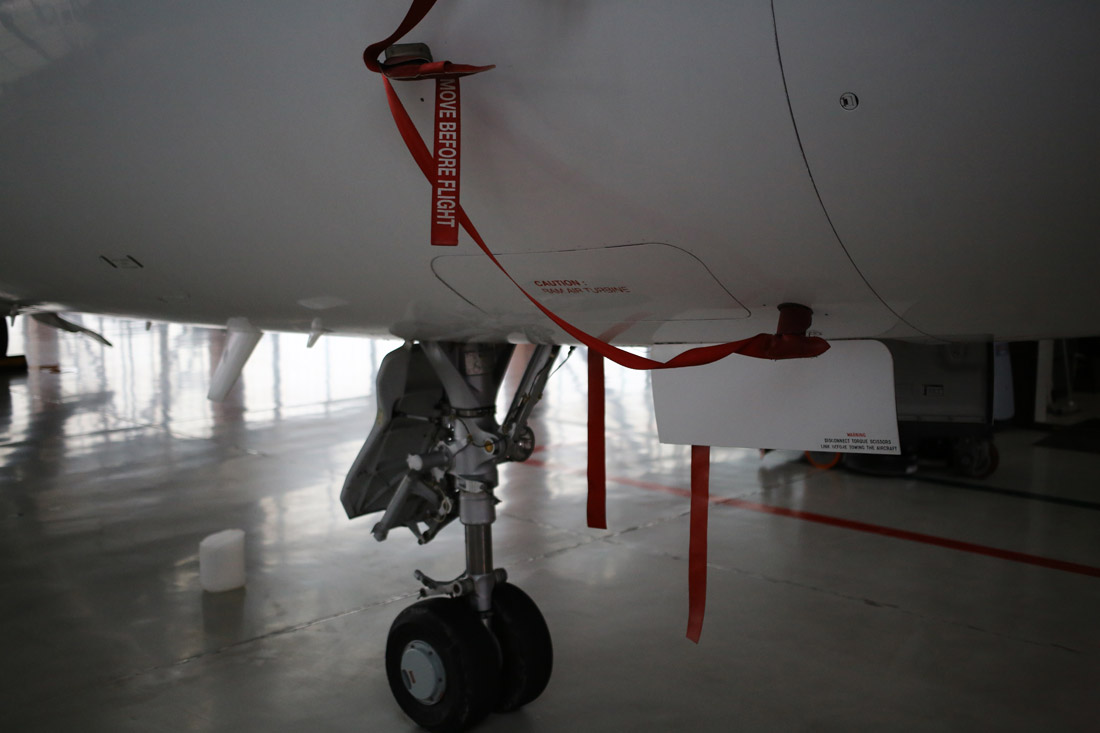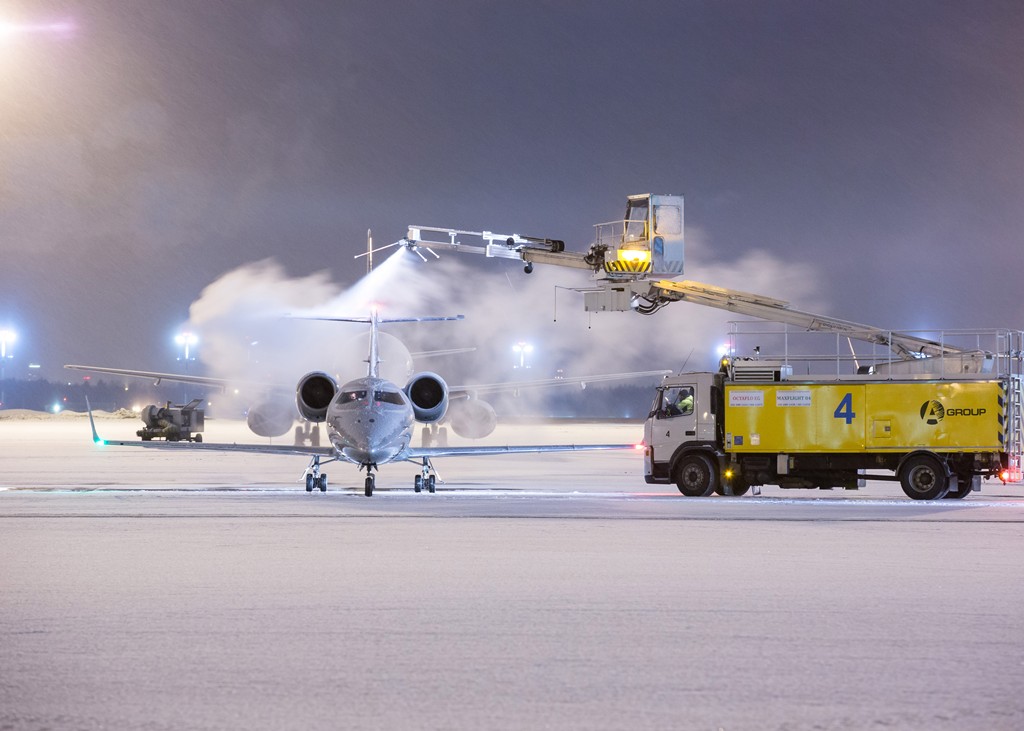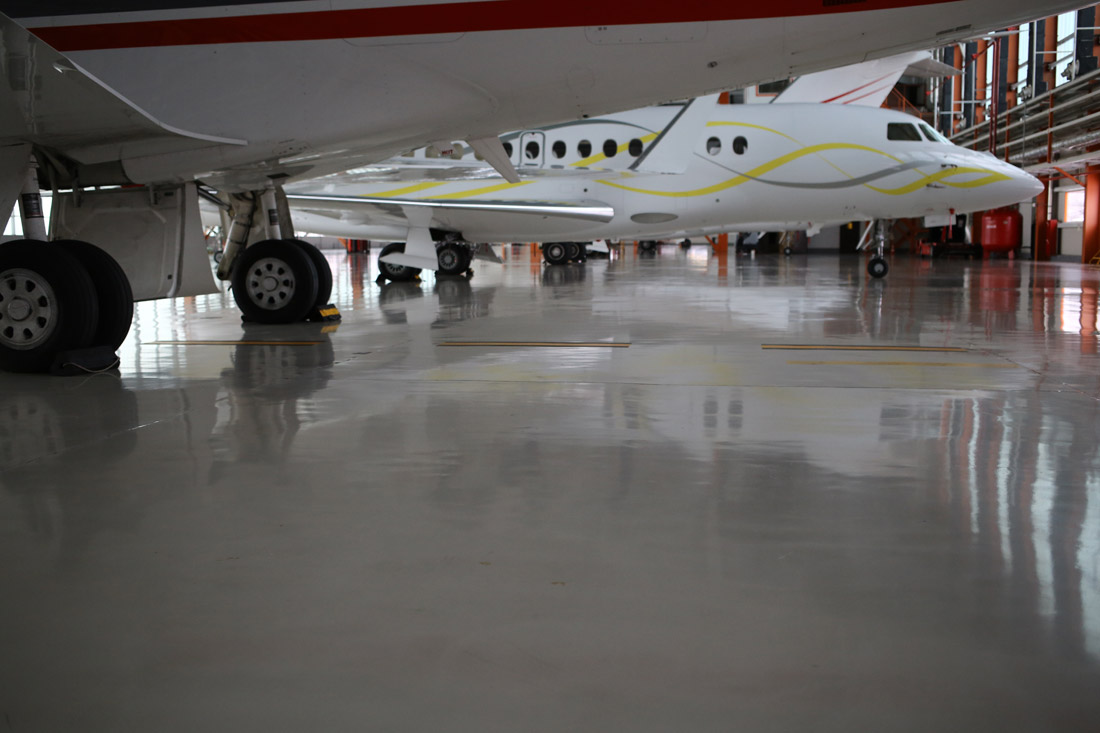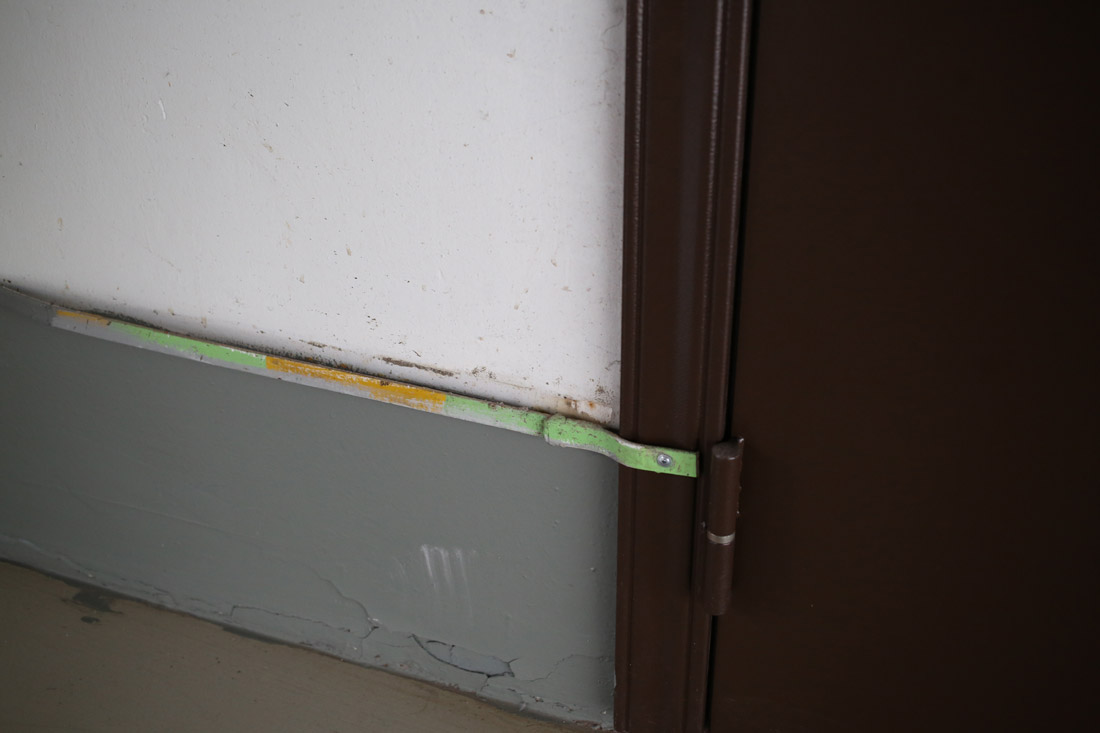Infrastructure FBO Sheremetyevo: how light aircraft prepare for flight

Airports according to the principle of organizing departure schedules are slotted and non-slotted. Sheremetyevo - slotted, and in the third category, that is, for each arrival and departure there is a slot: this is permission for take-off and landing + availability of a free take-off strip, parking for an airplane, the ability to service an aircraft, the presence of a tug, anti-icing, escort vehicle and so on . Thus, scheduled departures are guaranteed. If for comparison we take the airport of Murmansk or Arkhangelsk - they are not so large, and there the slots will be just an extra bureaucracy. Therefore, they are not used there. But Geneva or London - there is exactly the same system, and you just can’t fly there. It is necessary to agree in advance. During periods of exhibitions, conferences and major sporting events, requests are so frequent that the airport makes failures on free slots. In Russia, this most often happens in economic forums.
In SVO, during peaks every 90 seconds, it takes off or lands , so it won’t come out unexpectedly (only in emergency situations, for example, if someone from the passengers urgently needs a doctor on the ground). A flight plan at peak times is best served in half a day. If you get past your slot without the permission of the dispatcher, then a transport inspection will be waiting for you on the ground: the plane will be arrested, the pilot's license will be taken away. If this still creates the cause of the accident, it will be a criminal case. SVO prides itself on being the most punctual airport in Europe.
In Vnukovo, the slotting goes according to category II: there the passenger confirms, gets on the plane, gets into taxiing, but they can slow him down a little. SVO has an airport control center (in terminal F on the fifth floor) - the think tank of the airport. You can see any corner of the airport. There are planning and management of all life. There is also a special post for business aviation (just for small and medium sides).
As for ordinary passengers, the same rules apply to a business passenger as are established by aviation security requirements. And the same customs procedures, border control and inspection. Only quickly and imperceptibly. They took a passport, returned it in a minute - and that’s all.
A company that provides a business flightresponsible for quality of service and speed. Last time we told that a business passenger 10-15 minutes after arrival at the terminal is already in the air. For this to work correctly, you need to do quite a few operations:
- Plan your flight in advance. As a rule, a business passenger warns the company 2-3 hours before departure that he is going to the airport (and names the end point of the flight).
- Provide aircraft technical training. You need to roll it out of the hangar (and business jets are often stored as a “Christmas tree” for compactness, so you often need to roll out another plane, get the one you need, then roll that other one back to its original place). Or, if it’s not about a private jet, but a charter, then provide one of the sides, best of all the one that has just landed.
- Refuel the board and provide its engineering services. To minimize downtime, the A-Group FBO has an infrastructure, for example, its own anti-icing vehicle fleet, 12 units. This is a lot and expensive, so FBO also serves many line companies. When Moscow was freezing rain, they helped Aeroflot. This infrastructure ensures no delays for technical reasons. Many FBOs build a hangar, terminal and apron, while they buy everything else from the base airport. They don’t buy at A-Group, because for business passengers the situation is: “Pour it over!” - “Yeah, now we’ll finish with the trucks, refuel for 20 kilometers, then immediately, quickly, quickly to you” are not needed.
- For technical reasons, there are no delays. Moscow Aviation Hub accounts for 80% of all business aviation traffic in Russia. The FBO in Sheremetyevo has two competitors: Vnukovo-3 and the Central Bank in Domodedovo. Moscow nodes are always ready to prepare the terminal, but in small FBOs, where there can be one board per day, a number of operations still need to be carried out. The terminal approach may also differ: there are passenger-oriented FBOs, and there are profit-oriented ones. The former are now defeating the latter. Imagine: there is a delay in departure so that the “rich uncle” would go shopping and sit in a restaurant where there is no wine cheaper than 40 thousand per bottle. Such a "drive" began to enrage some. In terminal A, the “clean zone” is very arbitrary: you actually immediately board your plane after registration. But in other way, in the terminal, the opportunity to buy basic things for traveling and sit in a restaurant is desirable. For business delegations, it is still important that the mourners remain to the end: often this is the only moment when you can discuss something and sign documents in addition to the main issue of arrival. Many work right on the road; appointments are made at airports. In terminal A we went a little further: there is still a conference room for meetings or press conferences. The terminal should also provide services for the physical protection of top officials. Terminal A is strict with this, since it is often used for members of the Government. appointments are made at airports. In terminal A we went a little further: there is still a conference room for meetings or press conferences. The terminal should also provide services for the physical protection of top officials. Terminal A is strict with this, since it is often used for members of the Government. appointments are made at airports. In terminal A we went a little further: there is still a conference room for meetings or press conferences. The terminal should also provide services for the physical protection of top officials. Terminal A is strict with this, since it is often used for members of the Government.
- You need to load luggage: usually everything you need is either sent in advance in a couple of hours by a separate car, or just waiting on the plane (who has a private flight). By the way, the luggage space of most business jets allows you to get into them during the flight. A common architecture is this: there is a pilot’s cabin, a kitchen, a passenger cabin, then a toilet, and in the toilet there is a second door further into the luggage compartment.
- Immerse food. There are FBOs that impose catering, but usually a business jet has its own staff. As a rule, one cabin attendant is engaged in food, who knows for sure that the main passenger likes to eat, and she cooks it. Or the passenger can simply order food from their favorite restaurant, and they will prepare and warm it during the flight. In Russia, in 90% of cases, the flight attendant is engaged in food. In charters - broker or flysapport. By the way, several times a month, even the coolest big bosses order food from McDonald's or some shawarma.
- Parallel to all this, a flight plan is agreed.
In the baggage, by the way, the difference is that you can take any amount of liquids (this is a safety requirement for airlines), but you can not take prohibited items (this is a requirement of the standards of the sphere). If you and your family are on board, few will bring a gun with them to capture the plane. Is that mother-in-law.
Loading is standard most often: if you fly a medium plane to a ski resort, then eight people and all the necessary equipment will fit. Flysapport provides loading and centering. Yes, passengers in medium-sized planes often go around the cabin, but there is no problem with misalignment, everything is designed with this in mind.
As they say, "if you want everyone to know that you have a private jet, fly to Vnukovo, if you want no one to know, to Sheremetyevo." It comes to the fact that the flysapport has a checklist item for checking the Forbes list: if two jets with passengers depart from there at about the same time, they are not put in neighboring slots so that they do not see each other.
When planning a flight, in addition to directly calculating the route and other features (for example, a strong head-on wind can shorten the flight range of an aircraft by 500–1,000 kilometers), other characteristic work is done. For example, you need to find a hotel for the crew, arrange transfers. It is important to calculate the price of fuel, as for cargo flights: sometimes, when a plane needs to be returned without passengers, it is much more profitable to take off with a small load, refuel at the airport “on the way” and fly on. In Moscow, a ton of kerosene costs about 40 thousand rubles, and on Sakhalin it can be 120 thousand: it is often very convenient to leave the islands on the continent.

As you can see, a large airplane for charters (with a converted cabin), an average jet and two helicopters are stored in the hangar. Boeing, unlike other business jets, needs a gangway.
The service cycle on the ground is 25-30 minutes between flights: this is inspection, refueling, preparation for the flight. If there is fuel already on the return flight, then even faster. It also depends on whether you need to flush the toilet or not, how much you need to maintain the salon, is there something very special with meals on board.
In winter, 10 minutes longer due to pouring.

On average, a private plane that is not handed over to anyone other than the owner’s flights takes off four times a month. There is a difference where to stand - on the platform or in the hangar. Oddly enough, almost no matter where to store it: these mechanisms are designed for much more severe conditions than can be found on the earth's surface. It can stand on the platform for years, and nothing will happen. From practice: in DME “IL-9” stood for about 30 years. He was washed, examined, launched. But this does not apply to all aircraft: recent generations with delicate equipment can hardly tolerate deep, prolonged cold (without heating the cabin). It’s more convenient to store it in the hangar because everything needs to be warmed up before the flight, and this is a rather long procedure.
The usual temperature in the hangar is about 20 degrees. But it is clear that when the gates open, it immediately cools or heats up to ambient temperature.
There are a lot of difficulties with the birds in the hangars. There are special repellers that depict the eyes of birds of prey:

It is believed that birds see them, understand that there is a predator nearby, and begin to fly away in a panic. Moscow pigeons do not pay attention to them, and magpies consider them toys. The next level is a special gel with which the beams are smeared. His birds must peck, feel a lack of oxygen and fly out to catch their breath. It is assumed that after this they will form a fear of the hangar. In fact, as the senior engineer noted, his birds simply eat and are happy. So much so that they shit so that you can’t wash it later. Then the state ornithological service put repellers with records of screams of panic of different birds. It helped, but not very much and not from all breeds. As a result, a laser repeller (something like a disco ball with green lasers) is used from especially arrogant birds. The most effective were the representatives of one important delegation, who brought with them two owls. While the owls were in Russia, not a single bird even came close to the hangars. Ornithologists use falcons, but they scare away birds from the runway, but not from the hangars. There is also a very effective option - to coat the beams with diesel fuel. But this immediately means a fire hazard, therefore it is not so.
The worst thing in a hangar is a fire. The board burns for about seven minutes. Fuel tanks can also help the process. Therefore, there is the latest fire extinguishing system, which in 14 seconds pours powder over the entire hangar. Before this you need to have time to run out, because this is the same “POWDER, LEAVE”, which is not very healthy. After such firefighting, the board needs to be serviced: it will not fly.

The hangar floors are made of glass-rubber coating. This is necessary so that the staff does not bite the static. The plane is charging, and a large charge of current accumulates on it.

The current collectors on the wings partially solve this problem (they still burn, and they are changed), but it can also hit in the hangar. Inside the floor there is a shallow grounding grid (more precisely, equalization of potentials), which solves the problem. A tire against the wall takes it all off the floor and out.


Attendants receive milk for harmfulness, because working with airplanes is considered harmful production. In Coca there is a radar installation, it can not be turned on in the hangar at all. Metal and fuel fade poorly after being behind an atmospheric barrier (protecting against cosmic radiation), so processing in the shower is required. In winter, reagents from ice release phenol. Plus exhaust fumes and traces of anti-icing fluid. By the way, about the liquid: the plane is not treated with alcohol, as many people think, but first with hot water (to wash off the ice), then with a liquid based on monoethylene glycol and deionized water. This is necessary so that everything becomes slippery, and the liquid does not stay on the plane. Recently, this fluid began to be produced near Moscow, and before that it was transported in tanks from Germany.
It’s also difficult on the strip: cars roll 200-400 kilometers per shift when they clean the strip.
Due to the noise of the engines, the teams use hearing protection. In the old days, incandescent bulbs from old lanterns were very much appreciated. They help much better than ear plugs, but the main thing, as they say, is not to blink your ear. This is critical for the maintenance of the IL-62 and IL-86. Modern earplugs and headphones protect better, and there are not so many noisy boards.
On April 9, the third runway SVO is expected to open, and everyone at the airport is looking forward to it.
